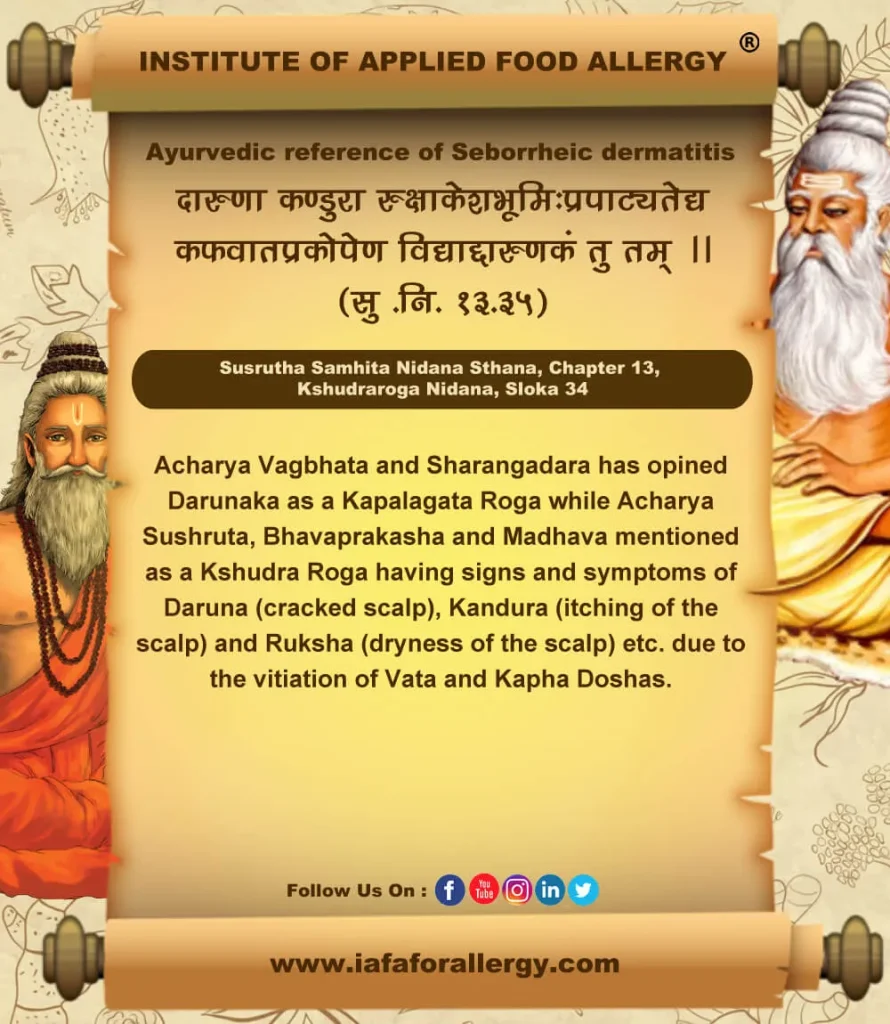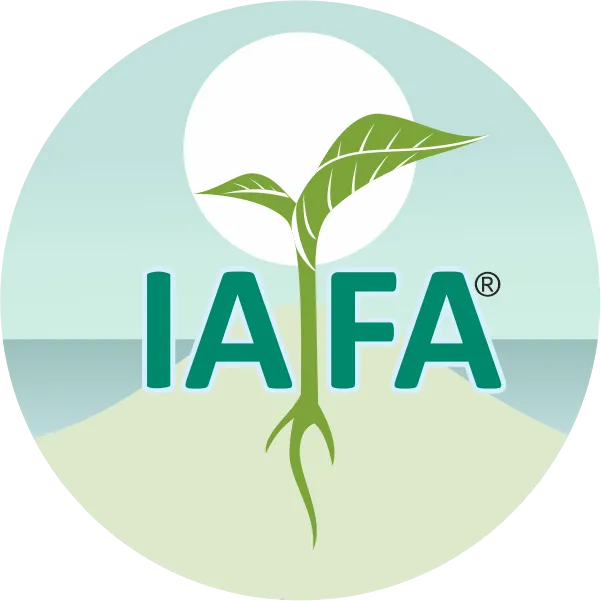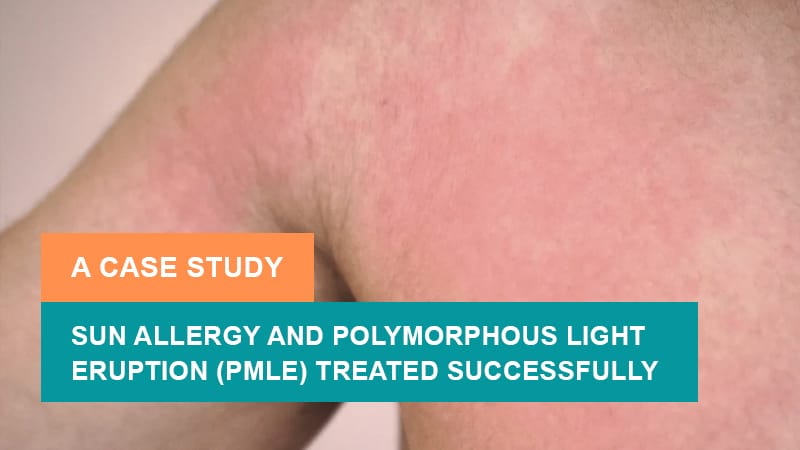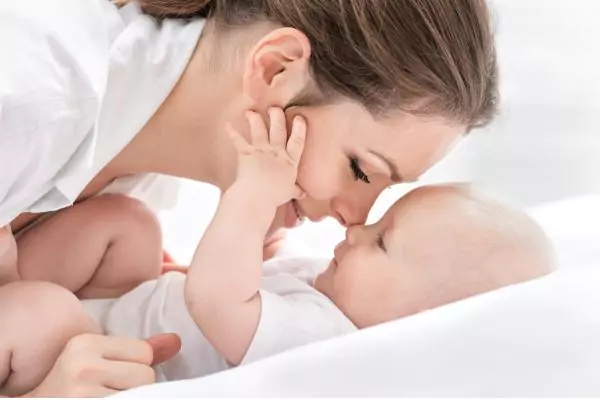On This Page
Seborrheic Dermatitis – Causes, Symptoms and Ayurvedic Treatment
दारुणा कण्डुरा रुक्षाकेशभूमिःप्रपाट्यते|
कफवातप्रकोपेण विद्याद्दारुणकं तु तम् ||
Seborrheic Dermatitis (SD) and dandruff are of a continuous spectrum of the same disease that affects the seborrheic areas of the body. Dandruff is restricted to the scalp and involves itchy, flaking skin without visible inflammation. Seborrheic Dermatitis can affect the scalp as well as other seborrheic areas and involves itchy and flaking or scaling skin, inflammation, and pruritus. Various intrinsic and environmental factors, such as sebaceous secretions, skin surface fungal colonization, individual susceptibility, and interactions between these factors, all contribute to the pathogenesis of Seborrheic Dermatitis.
In Ayurveda, it can be correlated with Darunaka. It is a Kapalagata Roga (disease of scalp), but Acharya Sushruta has described this disease as a Kshudraroga (minor diseases) due to the vitiation of Vata and Kapha Doshas with symptoms like Kandu (itching on scalp), Keshachyuti (falling of hair), Swapa (abnormalities of touch sensation on scalp), Rookshata (roughness or dryness of the scalp) and Twaksphutana (breaking or cracking of the scalp skin).
Causes of Seborrheic Dermatitis
The definitive cause of seborrheic dermatitis is unknown. However, the proliferation of Malassezia species has been described as a contributing factor.
Symptoms of Seborrheic Dermatitis
Symptoms include:-
- Skin flakes (dandruff) on your scalp, hair, eyebrows, beard or mustache
- Patches of greasy skin covered with flaky white or yellow scales or crust on the scalp, face, sides of the nose, eyebrows, ears, eyelids, chest, armpits, groin area or under the breasts
- Red skin
- Itching
- The signs and symptoms may be more severe if you’re stressed, and they tend to flare in cold, dry seasons.
Ayurvedic Reference of Seborrheic Dermatitis (Kapalagata Roga)


“Dr. Gupta’s IAFA successfully addresses this condition and provides very safe and effective treatment for Seborrheic dermatitis. Institute of Applied Food Allergy® aspires to be the destination of choice for people seeking authentic Ayurveda healthcare”.
Working for Your Better Health.!!! Dr. Gupta’s IAFA for your health…….
– Dr. Sahil Gupta (B.A.M.S., M.H.A.)
Ayurvedic Allergy Specialist
CEO & Founder of IAFA®
At last, Easier Seborrheic Dermatitis Management

Trusted by
More than 90,000 Patients

Convenient
at-Home Treatments

9.2 / 10
Customer Satisfaction Score
Ayurvedic Treatment of Seborrheic Dermatitis
The Ayurvedic line of treatment is to normally modify doshas through internal medicines, diet, and lifestyle management along with Panchakarma therapy. Some special herbs are administered to purify the body of accumulated digestive impurities.
Internal Medicines for Seborrheic Dermatitis
- Panchatiktaka Kashaya
- Manjishthadi Kashaya
- Mahatiktaka Kashaya
- Arogyavardhini Vati
- Triphala Rasayana
- Triphala churna
- Yashti churna
- Saptamrita loha
- Chandanasava
- Bhringaraja Taila
- Triphaladya Taila
- Brahmi Taila
- Malathyadi Keram
- Durdurapatradi Keram
External Therapies for Seborrheic Dermatitis
- Snehana (Massage)
Purificatory Therapies in Seborrheic Dermatitis
- Raktamokshana: Bloodletting therapy with Jalaukavacharan
- Nasya (nasal instillation of medicine)
Single Herbs Used in Seborrheic Dermatitis
- Brahmi (Bacopa monnieri)
- Bhringaraj (Eclipta alba)
- Amalaki (Emblica officinalis)
Diet Management in Seborrheic Dermatitis
Pathya (Do’s)
- Food with good nutritive value; include fiber-rich foods, salads, fruits, and lentils.
- Adding coconut water to the diet and always using healthy fats like ghee in cooking is also recommended.
- Eating sweeter, juicy fresh fruits, cooked greens, and leafy green vegetables with a bitter taste will help in hair treatment.
- Fenugreek, turmeric and coriander, cumin, ghee, the oil will also help purify fat tissue and strengthen bone tissue.
Apathya (Don’ts)
- Avoid using hot water for hair wash.
- Don’t apply heat and direct sunlight on the scalp
- Don’t comb your hair before getting dried after the wash.
- Avoid excess sugar, salt, dairy products, meat, acidic food
- Avoid spicy, fatty, hot, and penetrating foods, junk food, and aerated drinks
Yoga and Pranayama for Seborrheic Dermatitis
Postures include:-
- Pashchimottanasana
- Adho Mukha Swanasana
- Chakrasana
- Sarvangasana
Pranayama include:-
- Kapalbhati
- Nadishodhana Pranayama
- Bhastrika Pranayama
- Bhramari

Frequently Asked Questions
Question: What is Seborrheic Dermatitis?
Answer: Seborrheic dermatitis is a common skin condition that mainly affects your scalp. It causes scaly patches, red skin, and stubborn dandruff. Seborrheic dermatitis can also affect oily areas of the body, such as the face, sides of the nose, eyebrows, ears, eyelids, and chest.
Question: What are the Causes of Seborrheic Dermatitis?
Answer: A yeast (fungus) called Malassezia is in the oil secretion on the skin and an irregular response of the immune system may be the probable cause.
Question: Can seborrheic dermatitis go away on its own?
Answer: Seborrheic dermatitis is a chronic condition and it needs proper treatment but there is a poor chance that it will improve or even go away on its own.
Question: What are the causative factors of seborrheic dermatitis?
Answer: As per Ayurveda, non-application of oil on head, sleeping during the day time, lack of hygiene, exposure to dust, hot weather etc. are the causative factors.
Question: What is the Ayurvedic treatment of Seborrheic Dermatitis?
Answer: In Ayurveda classics, various procedures and medications including Shamashaman Chikitsa, Shirobhyanga are said to be effective due to its properties such as Snigdha Guna (unctuous) which act through its Vatahara (Vata pacifying) and Vrishya (rejuvenation) properties which ultimately help in the regulation and proper functioning of Srotasa (micro-channels).
Question: How oiling is effective in seborrheic dermatitis?
Answer: Due to the Vatashamak property of oil, it helps in cleaning off the debris and prevents the scalp from secondary invasion of microbial growth.
Question: How Ayurvedic treatment for seborrheic dermatitis works?
Answer: In Ayurvedic practice, herbs having Madhur-Tikta-Kashaya Rasa, Ruksha and Guru guna, Ushna Virya, Katu Vipaka are prescribed. Herbs having these properties help in improving blood circulation of scalp thus promote cleaning of the debris.
Question: Can Seborrheic Dermatitis Be Cured by Ayurveda?
Answer: Ayurveda is an approach which treats Seborrheic Dermatitis from its root cause. Along with the herbal remedies avoid eating spicy foods, wearing caps, visiting a humid environment to restrict the environment for growth of fungal pores.
Question: What is the Most Effective Treatment for Seborrheic Dermatitis?
Answer: Single herb by the name of Makoye (Solanum Indica) written in Ayurvedic texts, also commonly known as Kakamachi, in the form of pure extract in combination with Anti-fungal AF-7 Cream for local application is the best choice for treating Seborrheic dermatitis. Stop using cosmetic products on affected areas with treatment of the disease.
Question: How Did I Cure My Seborrheic Dermatitis Naturally?
Answer: Seborrheic Dermatitis can be treated by applying natural remedies. One of the best natural remedies for Seborrheic Dermatitis is applying Triphala Churna mardana on the affected area. Don’t use SLS and paraben containing soaps in case of discharge from the rash.
Question: What is the Root Cause of Seborrheic Dermatitis?
Answer: The root cause of Seborrheic Dermatitis is intake of viruddha ahara (incompatible food) and synthetic foods for a long period of time causing inflammation with external factors acting as a triggering factor. The first occurrence of Seborrheic Dermatitis is seen in infants, in the form of cradle cap which is usually resolved in infancy.
Question: Which Tablet is Best for Seborrheic Dermatitis?
Answer: IAFA AF-7 tablet benefits with the symptoms of Seborrheic Dermatitis. Herbs such as Khadira, Nimba and Haridra are great antimicrobials and inhibit the growth and spread of fungal spores.
Question: Which Oil is Best for Seborrheic Dermatitis?
Answer: IAFA AF-7 Oil is the best oil for seborrheic dermatitis with combination of herbs which stops the growth of fungal spores while moisturizing the area of dry cracked skin in Seborrheic Dermatitis. Tulsi and Nimba used in this formulation have great effect to alleviate symptoms.
Question: Which Shampoo is Best for Seborrheic Dermatitis?
Answer: IAFA 333 Shampoo and IAFA AF-7 Bar are used to treat the symptoms of dandruff, cracked skin, crust, red skin and itching on the scalp. 333 Shampoo includes Shirish, Karanj and IAFA AF-7 Bar includes Nimba and Chakramarda.
Question: Is Seborrheic Dermatitis Permanent?
Answer: Seborrheic dermatitis is not a permanent disorder; Ayurveda has proven to be the integrative approach in solving this problem from its root cause. There may be recurrence of symptoms during the treatment if you don’t follow the diet and food restrictions imposed during the treatment protocol.
Question: What Food to Avoid for Seborrheic Dermatitis?
Answer: Yeast fermented based food products like cakes, pastries, croissants even on a regular basis. On the contrary, foods that are fermented naturally including Gajar Kanji, Sauerkraut are recommended to avoid symptoms of seborrheic dermatitis.
Question: Can Lemon Remove Seborrheic Dermatitis?
Answer: Lemon has a high amount of citric acid which inhibits the growth of yeast. It is antimicrobial in nature which keeps fungal infection at bay. But don’t apply lemon on the cracked skin of the scalp in cases of Seborrheic Dermatitis.
Question: What is the Best Antifungal Cream for Seborrheic Dermatitis?
Answer: Seborrheic Dermatitis can be managed by applying IAFA AF-7 Cream on the scalp and other affected areas twice in a day on a regular basis. The cream is also an antimicrobial action and soothes the redness and itching.
Question: What is the First Line Treatment for Seborrheic Dermatitis?
Answer: The first line of treatment in Seborrheic Dermatitis is application of IAFA AF-7 Cream as it is great in resolving the symptoms of itching, crusting, yellowish discharge from the scalp which are common symptoms of Seborrheic Dermatitis.
Question: Does Seborrhea Cause Hair Loss?
Answer: There are many cases of hair loss in seborrheic dermatitis as the follicles are damaged by fungal infection and the friction caused by itching, redness and inflamed scalp. The hair loss is generally temporary it is cured with treatment of Seborrheic Dermatitis.
References
- Sushrutha Samhita Nidana Sthana, Chapter 13, Kshudraroga Nidana, Sloka 34.
- Govind Das. Bhaisajya Ratnavali. Prof. Siddhinandan Mishra., editor. Kushtharogadhikara -54/64, Varanasi: Chaukhambha Prakashan; 2015. p. 866.
- Bhava Mishra. Bhavaprakash Nighantu. Chunekar KC editor.Haritakyadi Varga/43, Varanasi: Chaukhambha Bharati Academy; 2013. p. 12.
- Chandrabhushan Jha. Ayurvediya Rasa Shastra. Varanasi: Chaukhambha Surabharati Prakashan; 2015. p. 449.
- Sahil Gupta, Ayurvedic Aspects of Allergies and Fungal Infections, Edition 2021, Seborrheic Dermatitis Chapter No. 40, Page No. 239-244.
Dr. Gupta’s IAFA is the leading institution in the management of various immune related disorders. IAFA is the most reliable institution that provides ultimate Ayurvedic treatment for your illness.
IAFA holds your hand to wellness!!
Was this Page Helpful?
So IAFA Ayurvedic Management of Seborrheic Dermatitis is Just 3 Steps Away!

01. Connect With Us
Share your history of illness or Book your appointment

02. Consult With Us
Dr. Gupta a certified Ayurvedic Allergist Consultant

03. Root Cause Treatment
Get an accurate diagnosis, medicines, diet & lifestyle change
Real Case Studies – Successfully Treated Patients
Real Case Studies of Successfully Treated Patients from All Around the World by IAFA Ayurveda®

9 Year Old Female Patient Recovered from Chronic Allergic Bronchitis – A Case Study
This case study presents a 9-year-old female patient who has successfully recovered…

12-Year-Old Child Recovered from Sun Allergy and Polymorphous Light Eruption (PMLE) – A Case Study
This is a case study of a 12-year-old child who has successfully…

40-Year-Old Female Patient Recovered from Dyshidrotic Eczema and Onychomycosis – A Case Study
This case study highlights the successful recovery of a 40-year-old female patient…

40-Year-Old Female Patient Recovered from Urticaria and Angioedema – A Case Study
This case study focuses on a 40-year-old female patient who has successfully…
Read More Articles

Bed Wetting (Shayyamutra)
Bedwetting is an embarrassing habit in some children where they are unable…

Attention Deficit Hyperactivity Disorder – ADHD (Vatika Unmada)
Contact IAFA Ayurveda® to get safe and natural remedies for the treatment…













